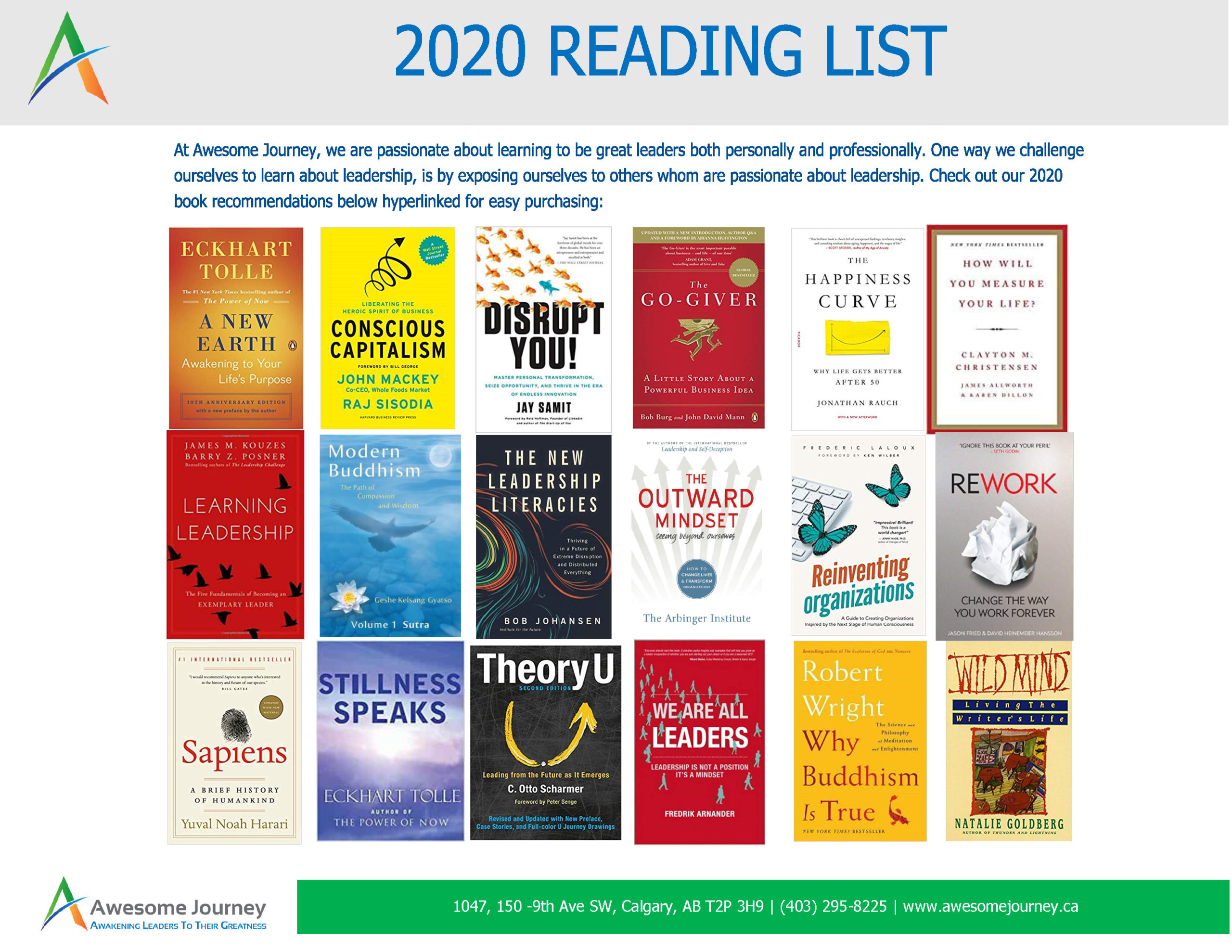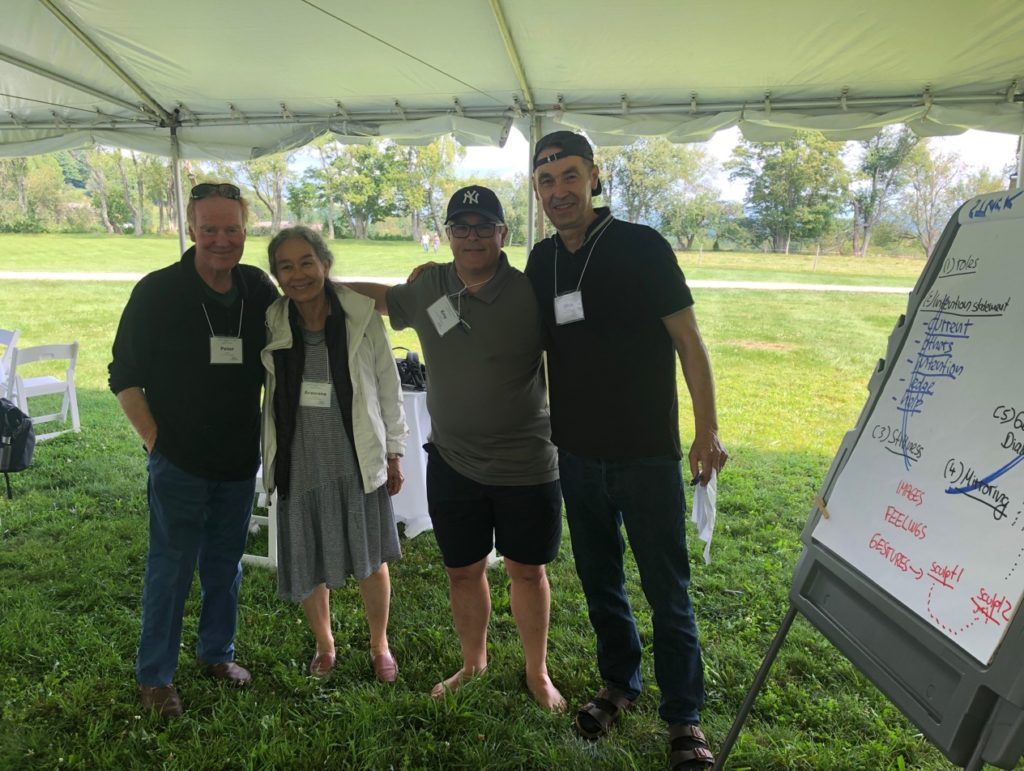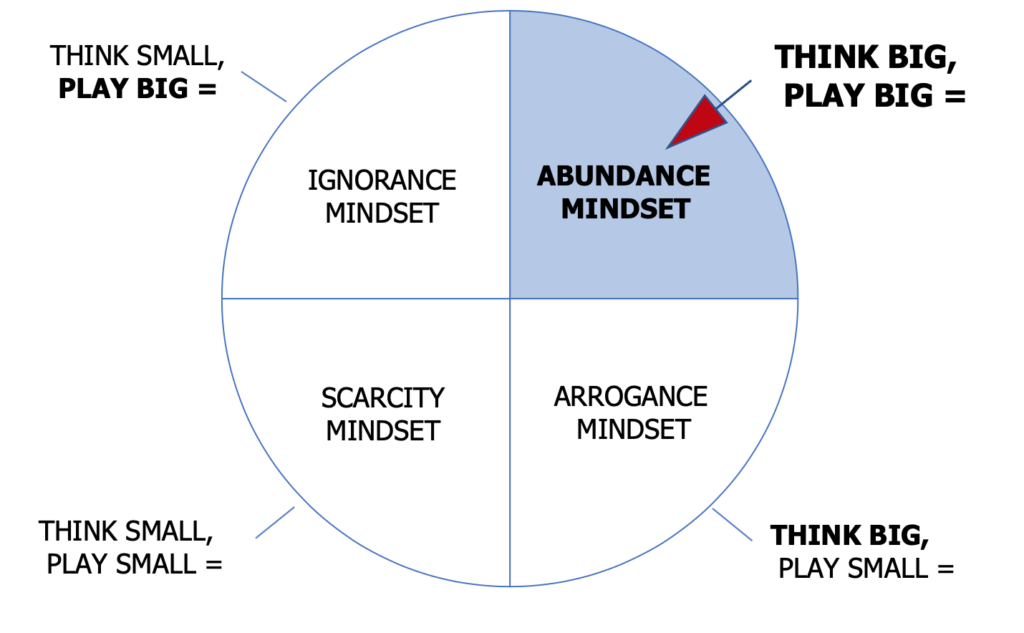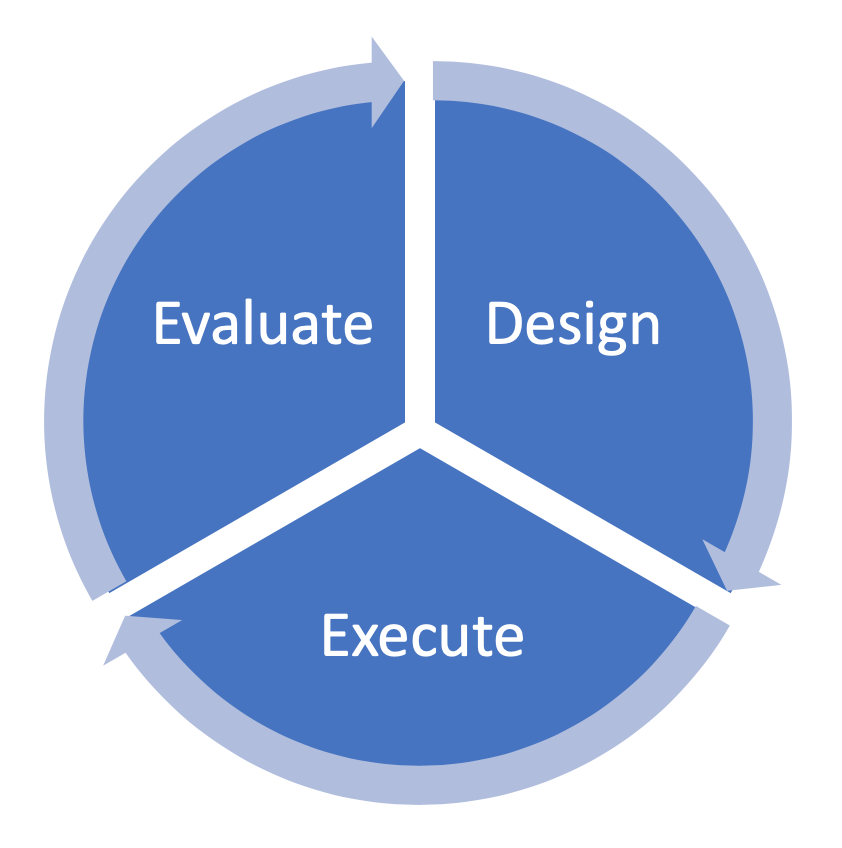To build a high-performing organization we need to be intentional about creating “workability” in the organization. At Awesome Journey Inc., workability means that an organization is working well at delivering the right actions, that can deliver the right results, allowing the organization to win and have quality success. When workability is high, performance will be consistent, repeatable, and reliable throughout the organization. Below are five key building blocks that your organization needs to have for workability and to achieve the results you are looking for.
Shared Understanding
All team members are clear what the company’s vision and the strategic plan are, to successfully achieve the organization’s short and long-term vision.
In an article by Cas Mollien titled, The Importance of Clear Vision, Strategy & Tactics, Mollien points out that “vision is a view of what the future can look like, in its best form, and that the best vision, is one that all participants can stand behind.”
An Intentional Culture is Present
The organization’s culture becomes real when, as an organization, everyone is intentional about living the company’s core values in every conversation.
Of course, when we discuss culture, the phrase “culture eats strategy for breakfast” always comes up and its true. Without a high performing culture, expected results are not achieved no matter how good the plan is.
A System of Accountability
The organization is clear about what they need to count and measure to generate success and this can allow accountability to be present.
Another key component to this system is that everyone on the team has a clear role, clear responsibilities and defined goals to support executing the strategic plan.
In Bob Prosen’s article, How to Increase Accountability in Any Organization, Prosen mentions that “one of the best ways to help people win is to establish an accountability-based, culture focused on producing results, not activities.”
Quality Agreements
A quality agreement consists of a clear request and a real promise. When a quality agreement is created between teammates, that agreement is put into people’s calendars, to ensure that the future can be created and predictable. Quality agreements=achieved deadlines and high performance!
Support Structures
Three strong structures that need to be in place are:
- Having the right people, in the right positions, with the right skills, to deliver the results, that they have agreed to deliver on.
- Well-defined and measurable processes, and systems are in place to ensure that consistent, repeatable and reliable services and products can be delivered when promised.
- A set of practices to create quality action, i.e.: quality meetings, onboarding staff, holding staff accountable for their promises etc.
Over the past 20 years, at Awesome Journey Inc has seen repeatedly, that one of the most fundamental places that an organization can improve workability, to support generating quality results is to improve the workability of the Senior Leadership Team.
When a Senior Leadership Team of an organization, is working well together that organization will be generating quality results. So, we leave you with a question…
“How would you rate the workability of your Senior Leadership Team?”
A few areas to evaluate the workability of the Senior Leadership Team:
- Everyone on the team trusts each other.
- Meetings are effective, deliver action and results.
- There is quick movement from conflict to opportunities, through genuine listening and thoughtful questions.
- Strategizing on opportunities well.
- Giving and receiving feedback to each other in real-time.
- Any issues and concerns are addressed authentically.
- Quality results are generated together.
- Authentic communication with each other.
- Quality decisions are made collaboratively.
Contributions to this article from Bhavana Learning Group and the Awesome Journey Inc. Team.
















